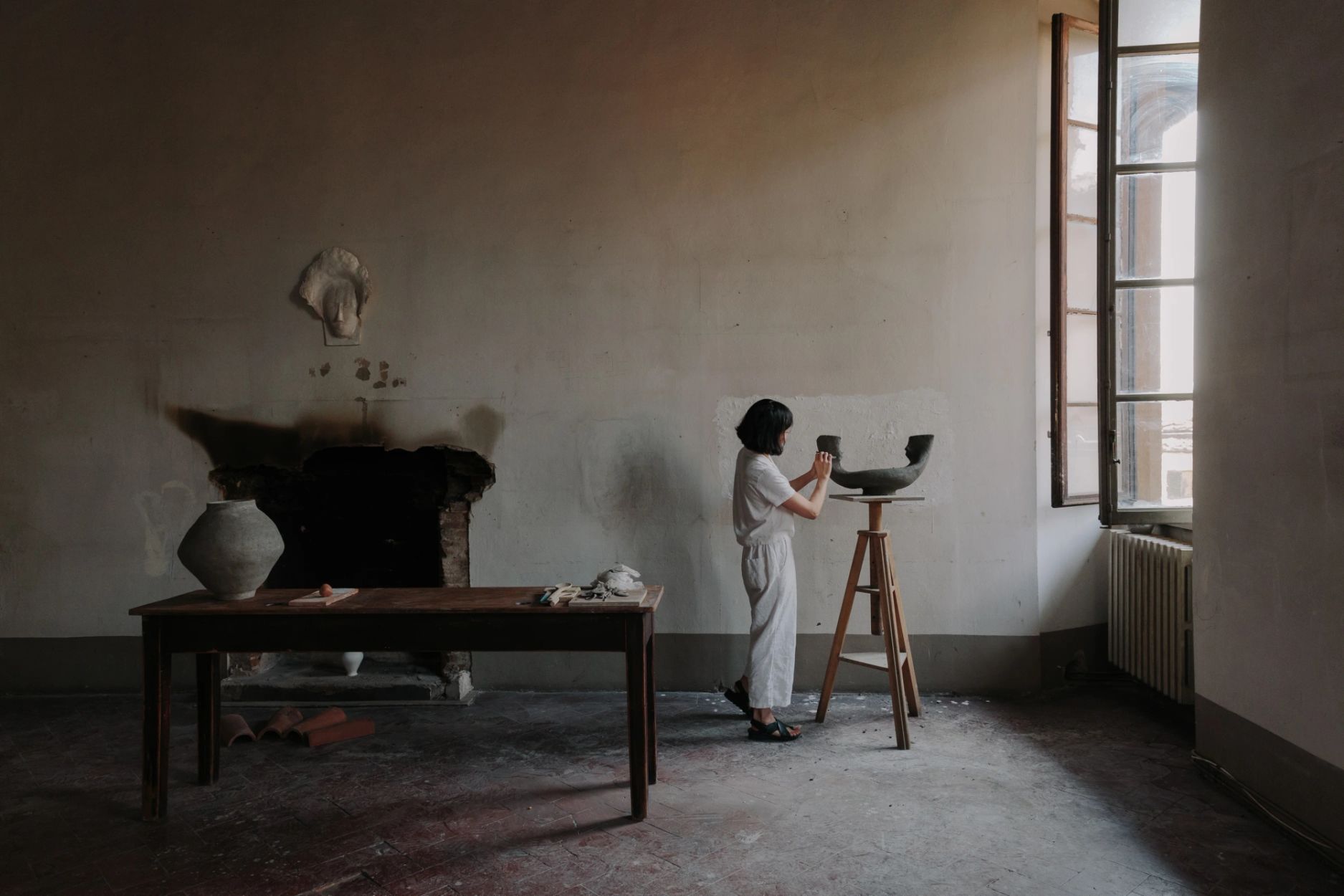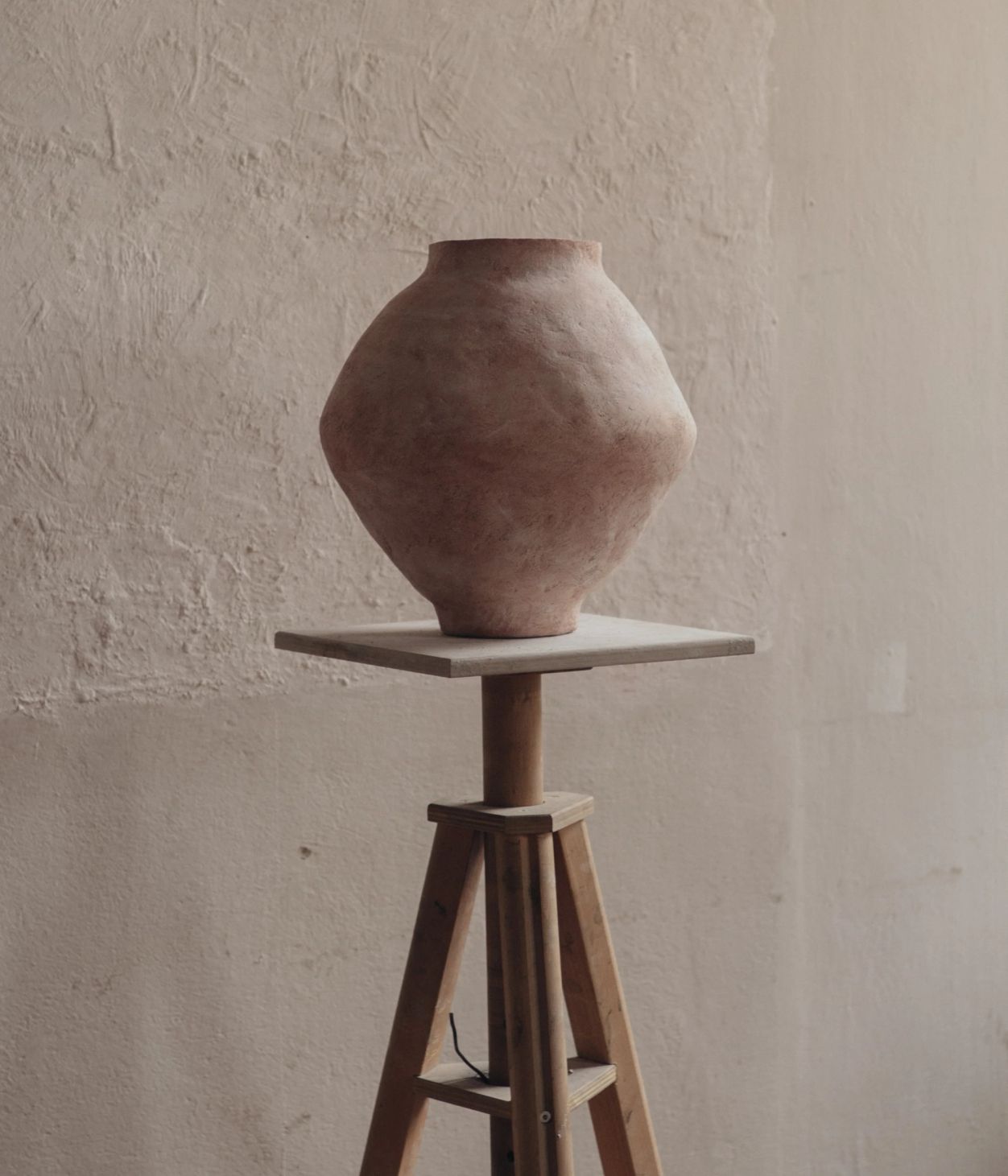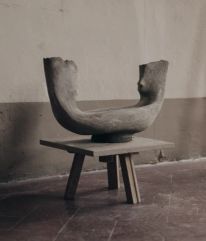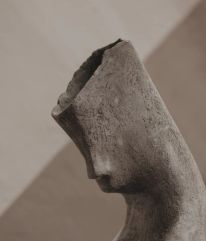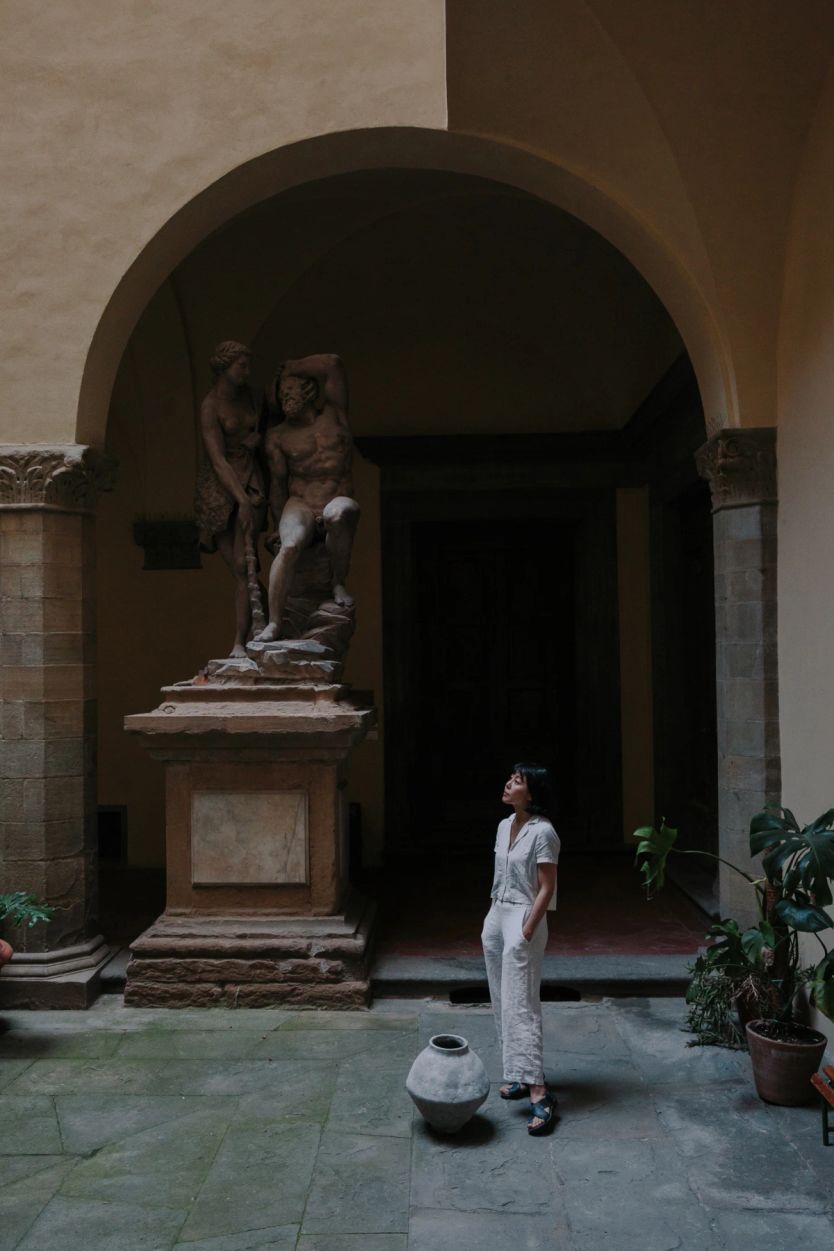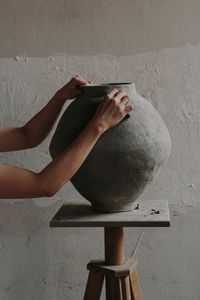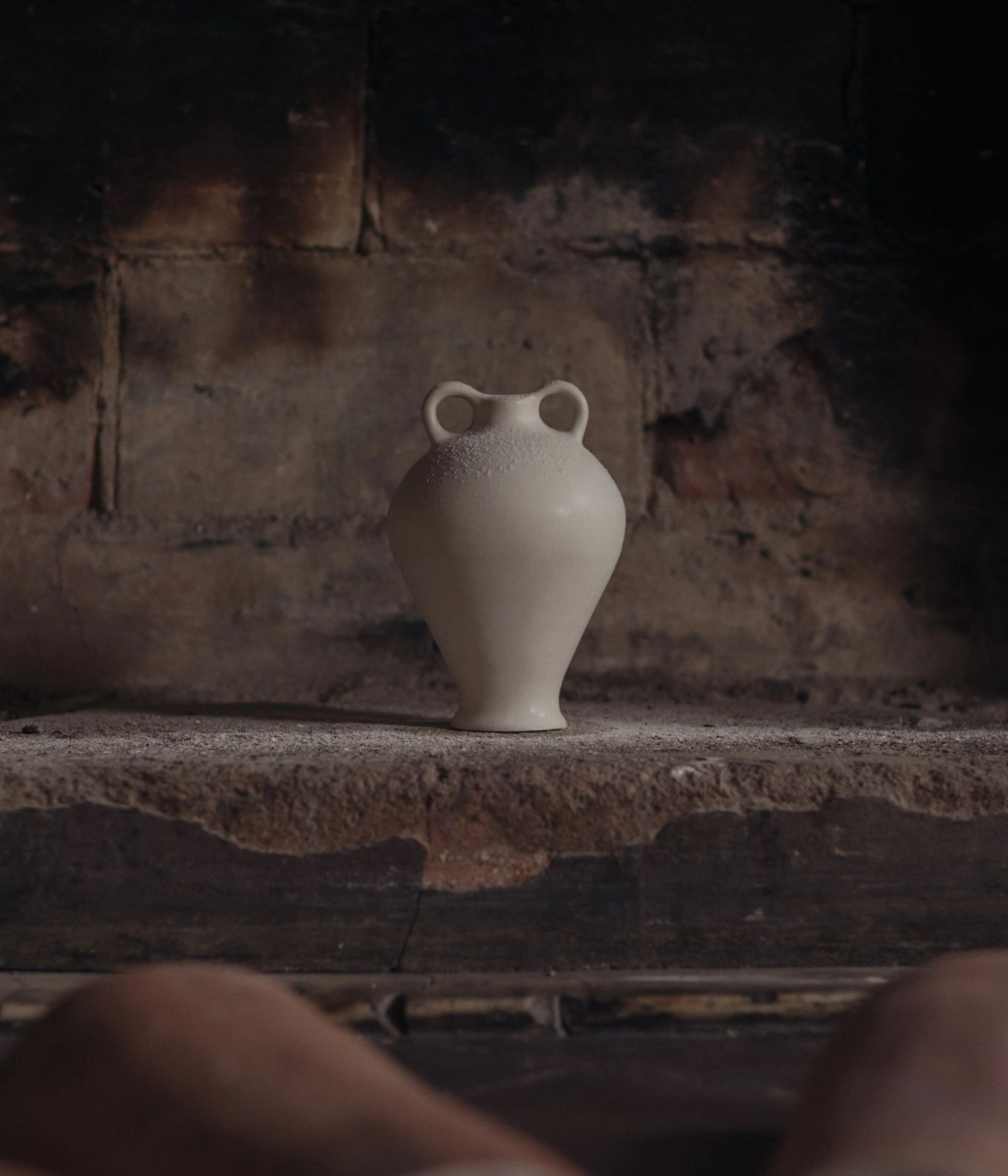Yoona Hur: Numeroventi Residency
During a recent artist residency at Numeroventi, Florence, Yoona Hur drew inspiration from the ancient ceramic forms of the Greeks, Etruscans and Romans, as well as new materials and methods she discovered locally. Prompted by these influences, she set about creating the traditional Korean form of a moon jar from Italian terracotta clay.
The terracotta was sourced from a traditional amphorae producer in Impruneta, Tuscany. “Visiting this ceramic factory was truly special,” says Hur. “The voluminous wine jars and amphorae reminded me of traditional Korean fermentation jars, called onggi. When I saw these clay bodies weathering in the open air, revealing their unique, subtle textures in the light, I knew right away that I wanted to work with this specific terracotta.” Hur also returned to the factory when it was time to fire her pieces.
In her studio space at Numeroventi, Hur incorporated the 16th century space into her creative process – a natural gesture for an artist well-versed in the discipline of architecture. “I took advantage of the studio wall by drawing 1:1 sketches of jar shapes that intrigued me,” she says. “The wall became my sketchbook and canvas.” Building the terracotta moon jar in strips and smoothing the seams by hand, Hur eschewed her typical method of using a potter’s wheel, and embraced the unique requirements of the clay: “The terracotta called for this hand-built technique,” she says. “It was the first time I had worked with this method, which is exactly what I wanted to do on this residency: to explore a new approach to making.” As with previous work, Hur left her ceramics unglazed, to celebrate the natural, rich texture of the clay, and to form an intimate connection with the locality.
Other works in the series include the Capa-Capo Vessel I and II, Amphora I and II, and Ancient Modern Protome. Capa-Capo refers to the female and male declensions of the Italian word for head. Capa-Capo Vessel II curves like a trireme, its form shifting into heads at either end, which twist and peer towards one another across the clay body. Vessel I is a simple face emerging from the delicate neck of an elongated vase. The works are inspired by protomes, Greek architectural adornments which often depict a human or animal head; and antefixa, an Etruscan and Roman terracotta decorative element used to end a row of roof tiles, also taking the form of a human head.
A site-specific element emerged as Hur’s work at Numeroventi progressed: “As the pieces neared completion, I painted over my sketches on the wall with a thick square of grey stucco,” she says. “I used a local material called Scagliola – a plaster mix with a particularly stony quality. It created another textured surface to interact with that of the unglazed terracotta.” Positioned in front of this stucco frame, the moon jar and other pieces took on the quality of still lives.
Photos
- Daniel Civetta
- Marina Denisova
- (courtesy of Numeroventi)
Related
- 04.27.23
New Work — Yoona Hur
Read moreYoona Hur presents a new body of work that interprets the historic texts, symbols, and sensorial experiences of Korean Buddhist temples. “Having taken inspiration from moon jars and Dansaekwha paintings before, it was natural for me to orient myself towards Buddhism,” says Hur. “These elements all embody emptiness and a philosophy of clearing one’s mind to cultivate oneness.”
- 05.27.21
Folds at Tristan Hoare
Read moreFrancis Gallery is pleased to announce that Yoona Hur and Mari-Ruth Oda are showing works in Folds at Tristan Hoare, London.
